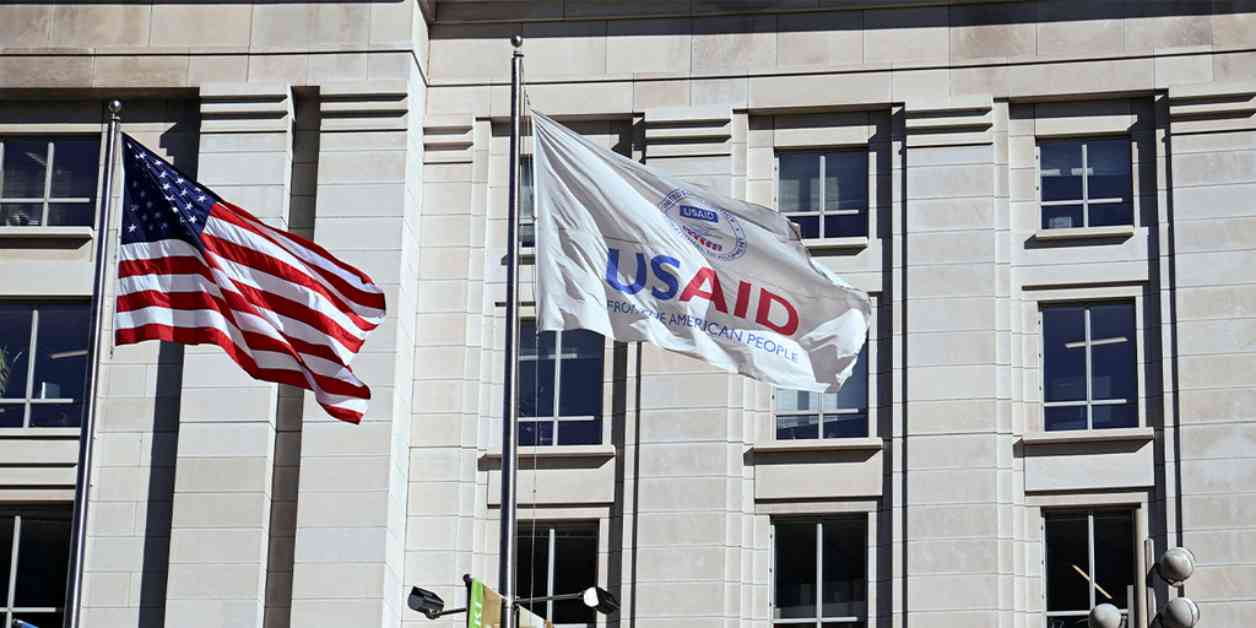U.S. Supreme Court Justice John Roberts recently made headlines by putting a halt on a federal judge’s order that demanded the Trump administration to pay approximately $2 billion in foreign aid funds to contractors by midnight. This ruling followed the Trump administration’s urgent plea to the Supreme Court to prevent the release of U.S. Agency for International Development (USAID) funding, which the federal judge had mandated by the midnight deadline. Officials had expressed their inability to comply with the judge’s order, citing concerns about the integrity of the federal fisc and the President’s responsibilities under Article II to make sound judgments on foreign aid.
The Trump administration’s decision to eliminate more than 90% of USAID’s foreign aid contracts and cut $60 billion in overall U.S. assistance worldwide has sparked significant controversy. This move is part of a broader strategy to reduce the majority of U.S. development and humanitarian support abroad. The administration’s outlined cuts would result in the termination of most USAID projects, leaving advocates scrambling to salvage any remaining initiatives amidst ongoing legal battles.
In light of these revelations, it’s essential to understand the broader implications of the administration’s retreat from U.S. aid and development initiatives globally. Foreign aid has long been viewed as a strategic tool to advance American interests by fostering stability in other nations, bolstering economies, and cultivating international alliances. The significant changes proposed by the Trump administration signal a shift in longstanding foreign policy approaches and priorities.
Impact on USAID Personnel and Operations
One of the immediate consequences of the Trump administration’s directives is the impending slash of 1,600 positions within USAID just before midnight. This move reflects the administration’s commitment to eliminating what they deem as significant waste resulting from years of institutional inertia within the agency. Furthermore, additional changes are anticipated in how foreign assistance is administered by USAID and the State Department, with a stated goal of maximizing the efficient use of taxpayer dollars to advance American interests.
The abrupt and substantial reduction in USAID personnel and resources raises concerns about the agency’s ability to effectively carry out its mission and address critical global challenges. The impact of these cuts extends beyond bureaucratic restructuring to the real-world implications for vulnerable populations and communities that rely on U.S. assistance for essential services and support. As the administration moves forward with its agenda to reshape foreign aid priorities, stakeholders and advocacy groups are closely monitoring the evolving landscape of international development assistance.
Political Landscape and Stakeholder Responses
President Donald Trump and prominent ally Elon Musk have emerged as vocal critics of foreign aid initiatives, characterizing them as vehicles for advancing a liberal agenda and questioning their efficacy and value. The administration’s aggressive stance on foreign aid reflects a broader strategy to streamline government operations, reduce spending, and realign policy priorities in line with its America First agenda. However, critics argue that these cuts jeopardize longstanding partnerships, undermine diplomatic efforts, and compromise America’s global leadership role.
The legal battles surrounding the administration’s foreign aid policies underscore the complexities and contentious nature of U.S. foreign assistance programs. The clash between executive authority, judicial oversight, and public interest highlights the delicate balance between upholding constitutional principles and fulfilling international obligations. As the Supreme Court deliberates on these critical issues, the outcome will have far-reaching implications for the future of U.S. foreign aid policy and the global humanitarian landscape.
In conclusion, the recent developments surrounding the Trump administration’s foreign aid policies underscore the intersection of politics, policy, and humanitarian concerns in shaping America’s role in the world. The ongoing debates and legal challenges underscore the need for a nuanced and comprehensive approach to addressing complex global challenges and advancing U.S. interests on the international stage. As stakeholders, policymakers, and advocates navigate the evolving landscape of foreign aid, the fundamental question remains: How can the United States effectively leverage its resources and influence to promote stability, prosperity, and peace in an increasingly interconnected world?

